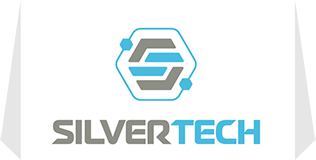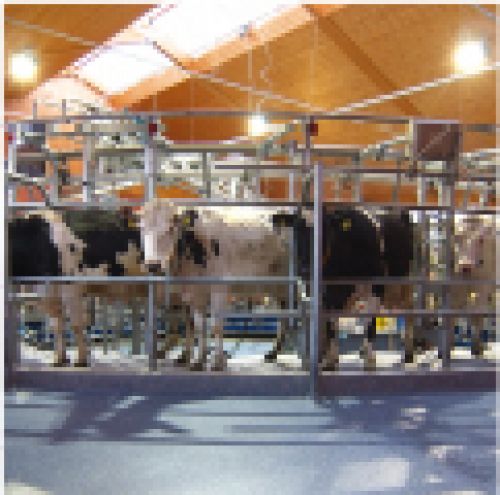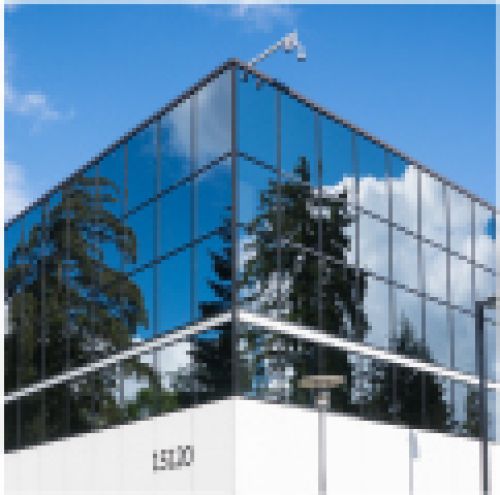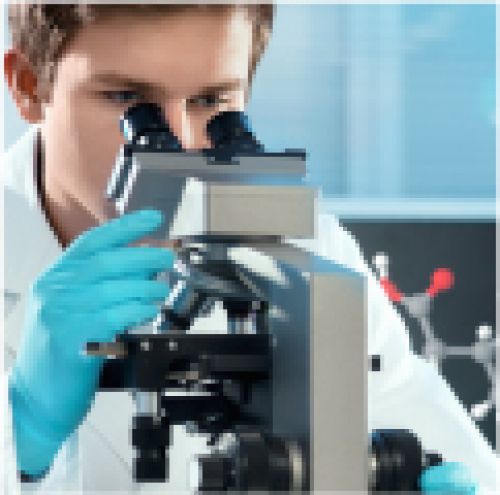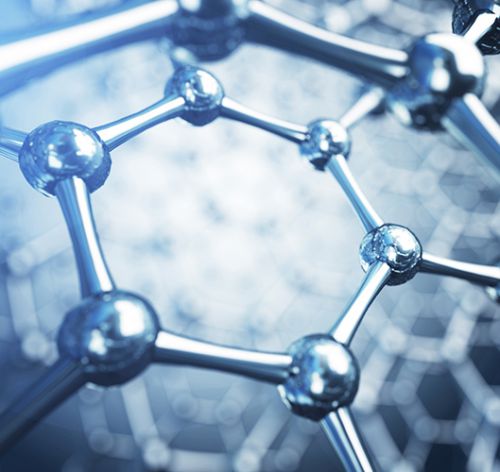INFO ABOUT AGRO SERIES
INFO ABOUT AGRO SERIESAGRO 2400 / AGRO 2475 / AGRO 2490
SILVER Back to the ancient times disinfectant
Silver is an element that occurs naturally. Various forms of silver and its compounds have been investigated in the past few decades due to the antimicrobial activity of silver ions, and there is an increased interest in the potential use of silver as a therapeutic agent for different antimicrobial applications. In the healthcare market, silver is used to make medical and dental equipment and is also used as topical antiseptic agents that can be bonded to catheters or impregnated on wound care items. Silver compounds have also been used in water purification. Of all the common silver compounds explored for antibacterial, antifungal, and antiviral efficacy, nano silver citrate solutions show the most promise, and by a wide margin. Citrate complexes have an advantage in that pathogenic organisms consider citrates as actual food sources. Citric acid and silver citrate is a preservative system based on a stabilised silver complex, effective against grampositive and gram-negative bacteria as well as against virus, fungi, yeasts and moulds.
COPPER Control and Prevention
Copper compounds have their most extensive employment in agriculture where the first recorded use was in 1761, when it was discovered that seed grains soaked in a weak solution of copper sulphate inhibited seed-borne fungi. The greatest breakthrough for copper salts undoubtedly came in the 1880's when the French scientist Millardet, while looking for a cure for downy mildew disease of vines in the Bordeaux district of France, chanced to notice that those vines, bordering the highways and which had been daubed with a paste of copper sulphate and lime in water in order to make the grapes unattractive to passers-by, appeared freer of downy mildew. Copper compounds are now being added to the ever increasing copper deficient soils either direct or in combination with commercial fertilizers. Copper is an essential micronutrient incorporated into many proteins and metalloenzymes, and plays a significant role in the health and nutrition of plants. Copper nanoparticles due to unique properties are more efficient than bulk copper particles in activity and functioning.
CHITOSAN Biocontrol, Immune System Development and Growth
In agriculture, chitosan is typically used as a natural seed treatment and plant growth enhancer, and as an ecologically friendly biopesticide substance that boosts the innate ability of plants to defend themselves against fungal infections. The natural biocontrol active ingredients, chitin/chitosan, are found in the shells of crustaceans, such as lobsters, crabs, and shrimp, and many other organisms, including insects and fungi. It is one of the most abundant biodegradable materials in the world. Degraded molecules of chitin/chitosan exist in soil and water. Chitosan applications for plants and crops are regulated by the EPA, and the USDA National Organic Program regulates its use on organic certified farms and crops. The natural biocontrol ability of chitosan should not be confused with the effects of fertilizers or pesticides upon plants or the environment. Chitosan active biopesticides represent a new tier of cost-effective biological control of crops for agriculture and horticulture. The biocontrol mode of action of chitosan elicits natural innate defense responses within plant to resist insects, pathogens, and soil-borne diseases when applied to foliage or the soil. Chitosan increases photosynthesis, promotes and enhances plant growth, stimulates nutrient uptake, increases germination and sprouting, and boosts plant vigor. When used as seed treatment or seed coating on cotton, corn, seed potatoes, soybeans, sugar beets, tomatoes, wheat and many other seeds, it elicits an innate immunity response in developing roots which destroys parasitic cyst nematodes without harming beneficial nematodes and organisms. Agricultural applications of chitosan can reduce environmental stress due to drought and soil deficiencies, strengthen seed vitality, improve stand quality, increase yields, and reduce fruit decay of vegetables, fruits and citrus crops . Horticultural application of chitosan increases blooms and extends the life of cut flowers and trees.
AGRO 2400 / AGRO 2475 / AGRO 2490 Nano Agents for Agricultural Uses
Agro 2400 / Agro 2475/ Agro 2490 are used in agriculture and green-housing for permanent disinfection, disease prevention and treatment and extra crop growth. Agro 2400 is based on nano silver, citric acid and polymerized organic compounds. Agro 2475 is another form of 2400 which has also nano copper complexes inside. Agro 2475 is relatively more effective against fungi and its nutrition side is more powerful to Agro 2400. Agro 2490 is another form of Agro 2475 which is powerd with nano chitosan. Agro 2490 has an extra property inside for plant's immune system development and growth system.
Usage is started from seedling. The roots are dipped into a 1:80 dilution before seedling. According to the researches, a 2.5 cm extra growth is observed in 5 days at pepper plants after seedling and there is no microbial attack in 4 weeks to the pepper plants. After 1 month, 200 ml of 1:80 diluted product is poured at the bottom of the plant. The application is repeated every 4 weeks until the harvest. Although the nonapplied plants had been attacked by nematodes, the Agro 2400 / Agro 2475 / Agro 2490 applied ones had no problems either with nematodes or microorganisms.
As the Agro 2400 / Agro 2475 / Agro 2490 have a systemic effect in the plants, the product penetrates everywhere on the plant. It can be used also by spraying on the leaves. Nano materials can easily penetrate from the leaves’ tissue inside the plant body. The long lasting form protects the plant against the bacteria, fungi and viruses for a very long time. Besides protection, the ingredients make the plant grow faster. The amount of the crops increases. After the harvest, the crops were analyzed in the laboratories. There was no silver, copper or chitosan residue that can be dangerous for human health. The Agro 2400 / Agro 2475 / Agro 2490 ingredients are announced “non-harmful” by European Commision (Report: SCCP/1196/08).
MECHANISM OF ANTIMICROBIAL ACTION
Bactericidal/Fungicidal Action: The bacterial outer membrane is called the cell wall. Bacterial cell walls are made of peptidoglycan which provides protection and rigidity to the organism. The exact membrane constitution depends on the type of bacteria. AGRO 2400 / 2475 / 2490 utilizes a multiple prong attack against microorganisms. It targets an organism’s cell wall. Nano ions are highly attracted to sulfur-containing thiol groups found in metabolic and structural proteins bound to the membrane surface. AGRO 2400 / 2475 / 2490 targets these critical proteins and destroys their structure. This disruption of the organism’s membrane function and integrity lyses the membrane and the organism dies. Unlike traditional antimicrobials, bacteria are actually attracted to AGRO 2400 / 2475 / 2490 because they recognize citric acid as a food source. This “Trojan Horse” attack allows nano ions to easily enter the microorganism through membrane transport proteins. Once inside the organism, nano ions bind to DNA and intracellular proteins causing irreversible damage to the DNA and protein structure. Metabolic and reproductive functions halt, and the organism dies.
Virucidal Action: Viruses are much smaller than bacterial and fungal cells and do not have metabolic activity. Viruses present fewer targets sites on which a biocide can act. AGRO 2400 / 2475 / 2490 ions target the viral envelope or capsid and the viral nucleic acid. Nano ions not only destroys the viral envelope or capsid, preventing the virus from attaching to a host cell, it also destroys the infectious component of the virus, the nucleic acid. AGRO 2400 / 2475 / 2490 has a rich history of being researched for applications in agriculture and horticulture dating back to the 2010. AGRO 2400 / 2475 / 2490 solutions were applied to crops for improved freeze protection or to crop seed for seed priming. Nano chitosan has been used to protect plants in space, as well, exemplified by NASA's experiment to protect adzuki beans grown aboard the space shuttle and Mir space station in 1997. NASA results revealed chitosan induces increased growth (biomass) and pathogen resistance due to elevated levels of β-(1→3)-glucanase enzymes within plant cells. NASA confirmed chitosan elicits the same effect in plants on earth. Nontoxic, low molecular weight AGRO 2400 / 2475 / 2490 polymer solutions appear to be safe enough for broad-spectrum agricultural and horticultural uses. Given its low potential for toxicity and abundance in the natural environment, AGRO 2400 / 2475 / 2490 does not harm people, pets, wildlife, or the environment when used according to label directions.
